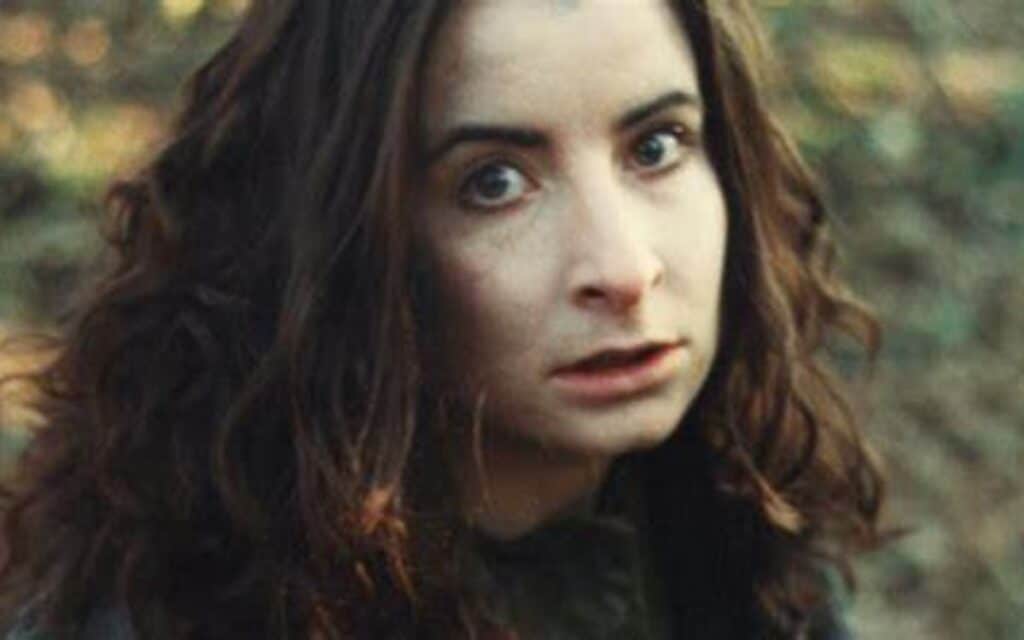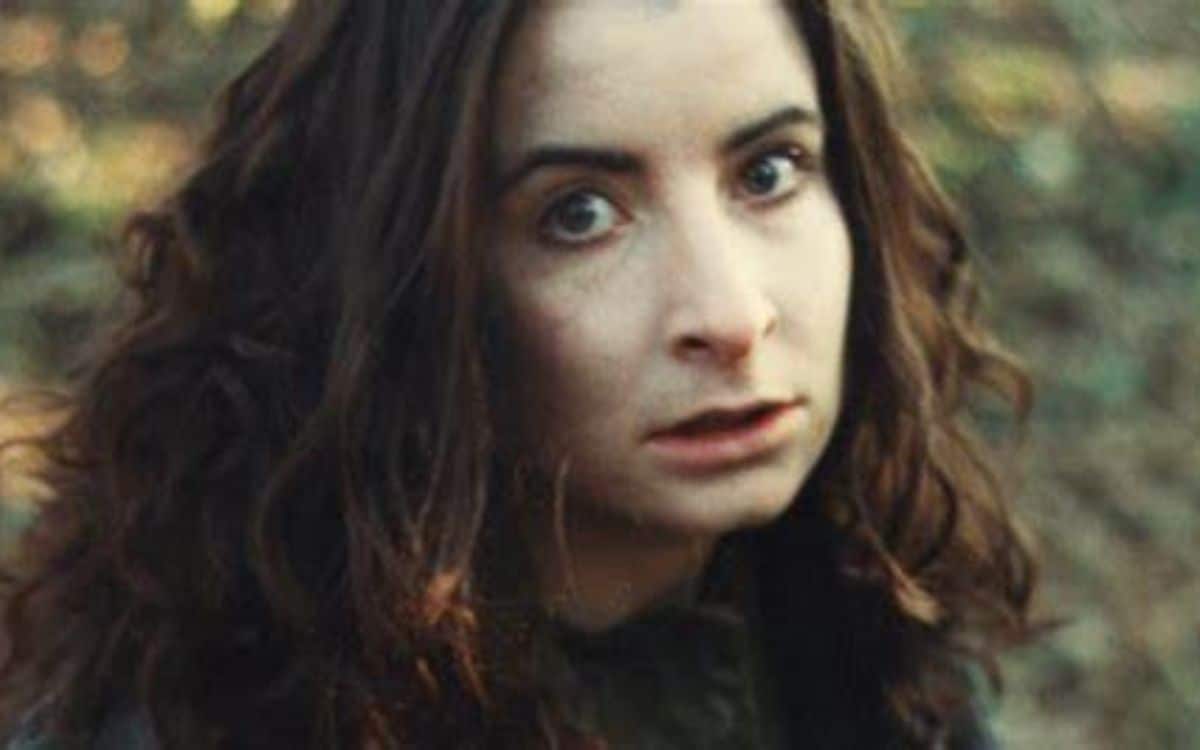The Outcasts 1982 is a haunting and lyrical tale of Irish myth, rural oppression, and spiritual awakening, writes JASON D BRAWN

TITLE: The Outcasts
RELEASED: 1982
DIRECTOR: Robert Wynne-Simmons
CAST: Mary Ryan, Mick Lally, Cyril Cusack, Judy Donovan
Review of The Outcasts 1982
Written and directed by Robert Wynne-Simmons, who scripted the legendary The Blood on Satan’s Claw (1971), The Outcasts tells the story of an introverted farm girl, Maura (Mary Ryan), and her relationship with a mysterious fiddler and warlock or fairy called Scarf Michael (Mick Lally), which results in the superstitious farmers suspecting her of practicing witchcraft.
The storyline is borrowed from Irish mythology and is set before the Irish Potato Famine between 1845 and 1852, with influences from William Blake’s The Book of Thel and W.B. Yeats’s poetry, who himself had a lifelong interest in the occult and spiritualism.
Seen as the first Irish feature film in 50 years and funded by the Arts Council for Ireland, Irish Film Board, and later the newly formed terrestrial TV station Channel 4, it does have parallels with The Blood on Satan’s Claw. The character of Maura does have similarities with Angel Blake, and her relationship with Scarf Michael, who is not presented as an evil force, is similar to the demonic Behemoth. Also, it is based in the rural part of Ireland, and the locals are influenced by authoritative figures, like the priest (Paul Bennett).
Like many occult-themed films with a period setting, the women in this film are oppressed by the patriarchal order, led by powerful and wealthy men. The subject of class also plays a significant part in this film, with the empty-stomached locals wearing poorly-maintained clothes and living in thatched stone cottages, while the priest is attired in the finest and most expensive clothes. Finally, the film’s dominant theme is the vintage scapegoat arch, in which an innocent person, usually an isolated character, is subjected to rejection and later meets their fate, akin to being a sacrificial lamb to the slaughter.
Back to Maura. She lives with her widowed and violent father, Hugh (Don Foley), and her sisters, Janey (Bairbre Ni Chaomih) and Breda (Brenda Scallon). It is Janey who falls pregnant with neighbour Eamon (Mairtin Jaimsie), and as a representative of Catholicism, they get married to avoid the baby being born out of wedlock.
At the wedding, it is when Maura meets the peculiar Scarf Michael, playing his fiddle and wearing a straw mask. Also present at the wedding is a group of straw men playing folk music with their fiddles. The wedding did appear to be an Irish folk tradition, despite their Christian beliefs.
According to Dr Diane A. Rodgers, Scarf Michael, who appears and disappears like a ghost, is more like a dark prince whisking Maura away from her oppressive surroundings. The director describes Scarf Michael as a folk hero, already vilified by the rural residents.
At the start of the film, Maura is presented as a sweet-natured and naïve person, but different from her sisters, before meeting Scarf Michael, who helps her find her true identity, much like the portrayal of Thomasin meeting Black Phillip in Robert Eggers’s The Witch (2015).
Now for the film’s genre. Robert Wynne-Simmons has always stated that The Outcasts is not a folk horror film, but rather more of a folk movie. Yes, the film does contain moments of magic realism, but it does have some folk horror tropes, like the presence of a mysterious horned goat that Maura sees and the power of Michael’s sorcery, not to forget the farmers’ persecution of her, to save their potato crops, in the vein of The Wicker Man (1973). Overall, this film is folk horror, because of the horrors of being ostracised by ignorant locals, and Maura’s penchant for folk magic that later saves her from getting drowned during her execution.
After a four-week shoot, the film did get a short cinematic run, followed by a 1983 home video release, before its broadcast on Channel 4’s Film on Four series in 1984. The Outcasts was a success on the festival circuits worldwide, gaining many prizes.
The BFI Blu-ray release is stacked with cool extras, like:
- Writing Folk Tales that run for 9 minutes about the making of this film.
- The Outcasts in Pictures is a gallery of stills from the film with audio commentary by the director and BFI’s Vic Pratt.
- The Wanderings of Ulick Joyce, a 1968 animated short by Gillian Lacey, who served as assistant animator on Yellow Submarine (1968), covers Irish folklore, but Wynne-Simmons has no involvement in this film.
A good film that deserves to be part of this growing revival of folk horror.
Tell us your thoughts about The Outcasts 1982 in the comments section below!



